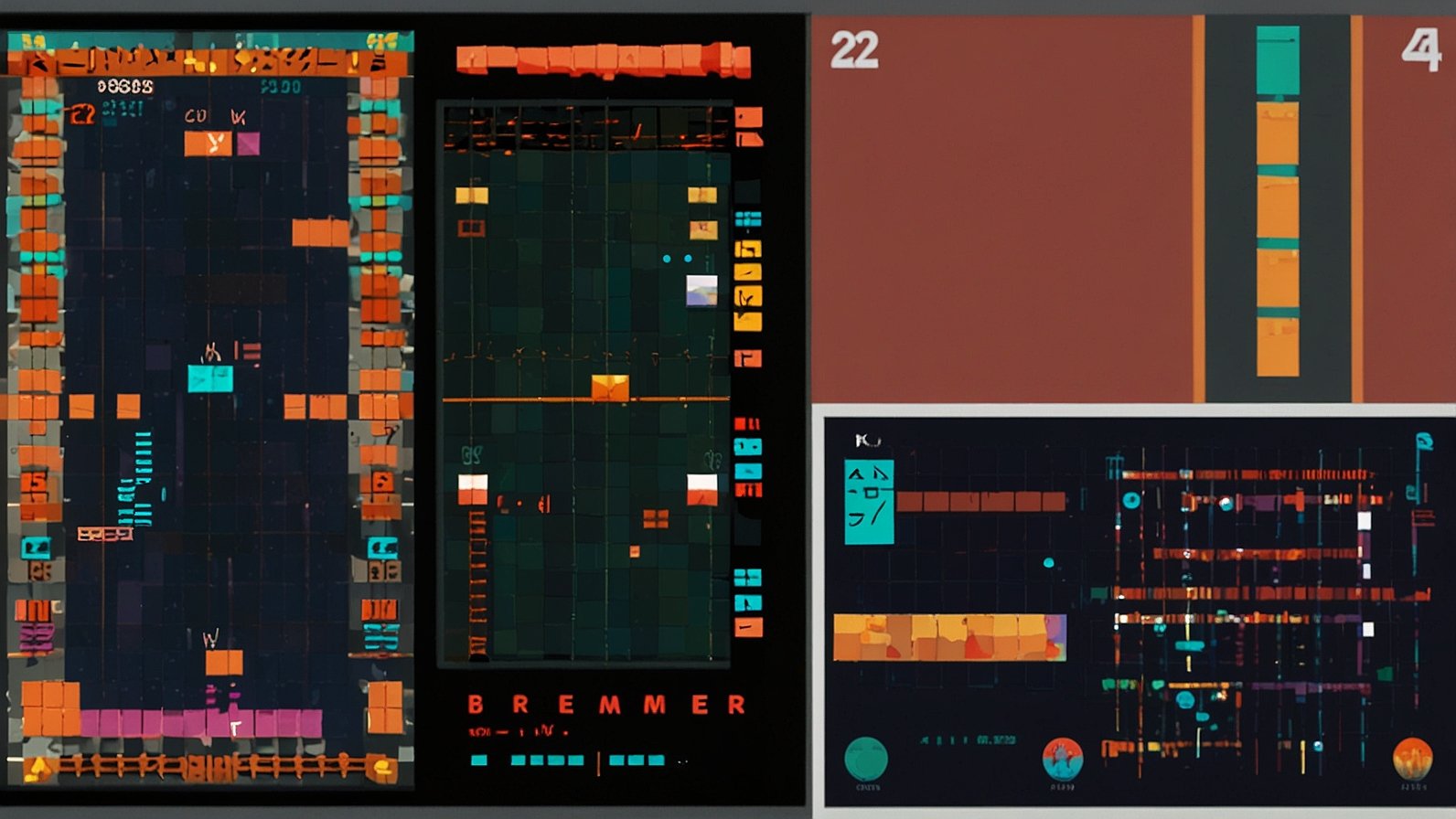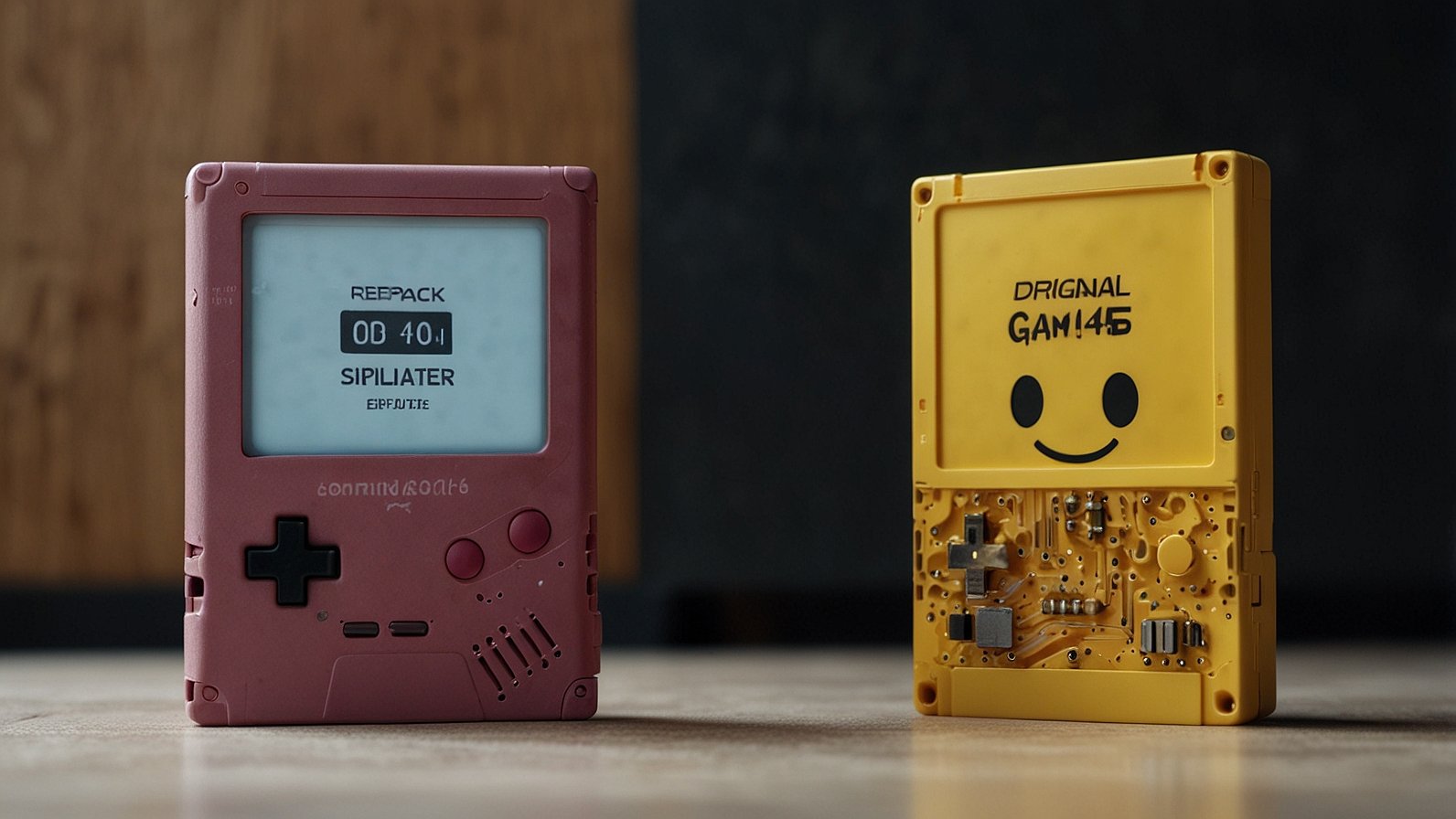Picture this: A 10-year-old in 1995 spends hours layering paper dresses on a cardboard doll. Fast-forward to today, and her granddaughter customizes a digital avatar in seconds, competing with players worldwide for the “Most Eco-Chic Outfit” award. Dress up games have transformed from scissors-and-glue crafts into a global phenomenon where creativity, technology, and identity collide.
The magic of dress up games lies in their simplicity. They let anyone—regardless of age, skill, or budget—explore personal style, experiment with trends, and connect with like-minded fashion enthusiasts. But how did these games become a multi-billion-dollar industry? Let’s unravel the threads.
From Paper Dolls to Pixels: The Evolution of Dress Up Games
Long before apps existed, children played with paper dolls—flat figures adorned with hand-cut outfits. These analog games taught color coordination, storytelling, and self-expression. The digital revolution in the mid-1990s introduced titles like Barbie Fashion Designer, allowing kids to design clothes on PCs and print them for physical dolls.
Key Milestones:
- 1996: Barbie Fashion Designer sells 500,000 copies in two months.
- 2007: Stardoll launches, merging social networking with virtual styling.
- 2012: Mobile games like Covet Fashion popularize live competitions and real-world brand partnerships.
Why Dress Up Games Are More Than “Just for Kids”
Think of dress up games as identity playgrounds. They’re not just about matching shoes to handbags; they’re safe spaces to:
- Experiment with gender-neutral or cultural styles.
- Compete in challenges judged by peers (e.g., Style Savvy tournaments).
- Escape into fantasy worlds (e.g., designing elven armor in Covet Fantasy).
The Psychology Behind the Obsession
- Control: Curate a persona in a low-stakes environment.
- Community: Share designs on Instagram or TikTok using #OOTD (Outfit of the Day).
- Achievement: Unlock rare Gucci accessories or become a “Top Stylist.”
Also Read: Amaangameworld: The Metaverse Arcade Where Gamers and Developers Co-Create the Future
Mobile & Online Platforms: The Game Changers
Smartphones turned dress up games into always-accessible hobbies. Consider:
| Feature | Mobile Games (e.g., Love Nikki) | PC/Console Games (e.g., The Sims) |
|---|---|---|
| Accessibility | Play anywhere, anytime | Requires dedicated device |
| Social Integration | Real-time competitions, guilds | Limited multiplayer modes |
| Monetization | In-app purchases for exclusive items | One-time purchase + expansion packs |
Brands & Dress Up Games: A Match Made in Fashion Heaven
When Balenciaga debuted its 2021 collection in Fortnite, it wasn’t just a gimmick—it was a $2.5 million revenue boost. Luxury brands and indie designers alike use dress up games to:
- Test designs with Gen Z audiences.
- Drive hype for new collections (e.g., Valentino’s Animal Crossing collaboration).
- Promote sustainability via digital-only clothing (e.g., Carlings’ “Neural Collection”).
The Dark Horse: Educational & Therapeutic Benefits
Dress up games aren’t all sparkle and selfies. Therapists use them to help clients:
- Explore gender identity in a judgment-free zone.
- Build decision-making skills (e.g., budgeting “in-game currency” for outfits).
- Recover from trauma by reconstructing self-image.
The Future: AR Mirrors, NFT Wardrobes, and Beyond
Imagine using an AR mirror to “try on” your Animal Crossing outfit before buying it IRL. Or selling a digital gown you designed as an NFT. The next wave includes:
- AI-Powered Personalization: Games that learn your style and suggest items.
- VR Fashion Shows: Attend Metaverse events wearing your creations.
- Ethical Fashion Integration: Earn points for upcycling virtual clothes.
Your Next Move: 3 Ways to Dive In
- Start Free: Try Style Savvy or Covet Fashion for casual play.
- Go Pro: Use CLO3D to design 3D garments and export them to games.
- Join Communities: Follow #FashionGameJam on Twitter for design contests.
You May Also Read: How gamerxyt.com Categories Simplify Gaming and Tech Mastery
FAQs
Are dress up games only for fashion enthusiasts?
Nope! They attract artists, storytellers, and even strategists who enjoy resource management.
Can these games teach real-world skills?
Absolutely. Budgeting, creativity, and cultural awareness are common takeaways.
Are they safe for kids?
Most have age ratings and parental controls. Always check chat features in social games.
How do brands benefit from in-game collaborations?
They gain exposure to millions of players and data on emerging trends.
What’s the next big trend in dress up games?
Look for AI-generated clothing and eco-conscious challenges.











